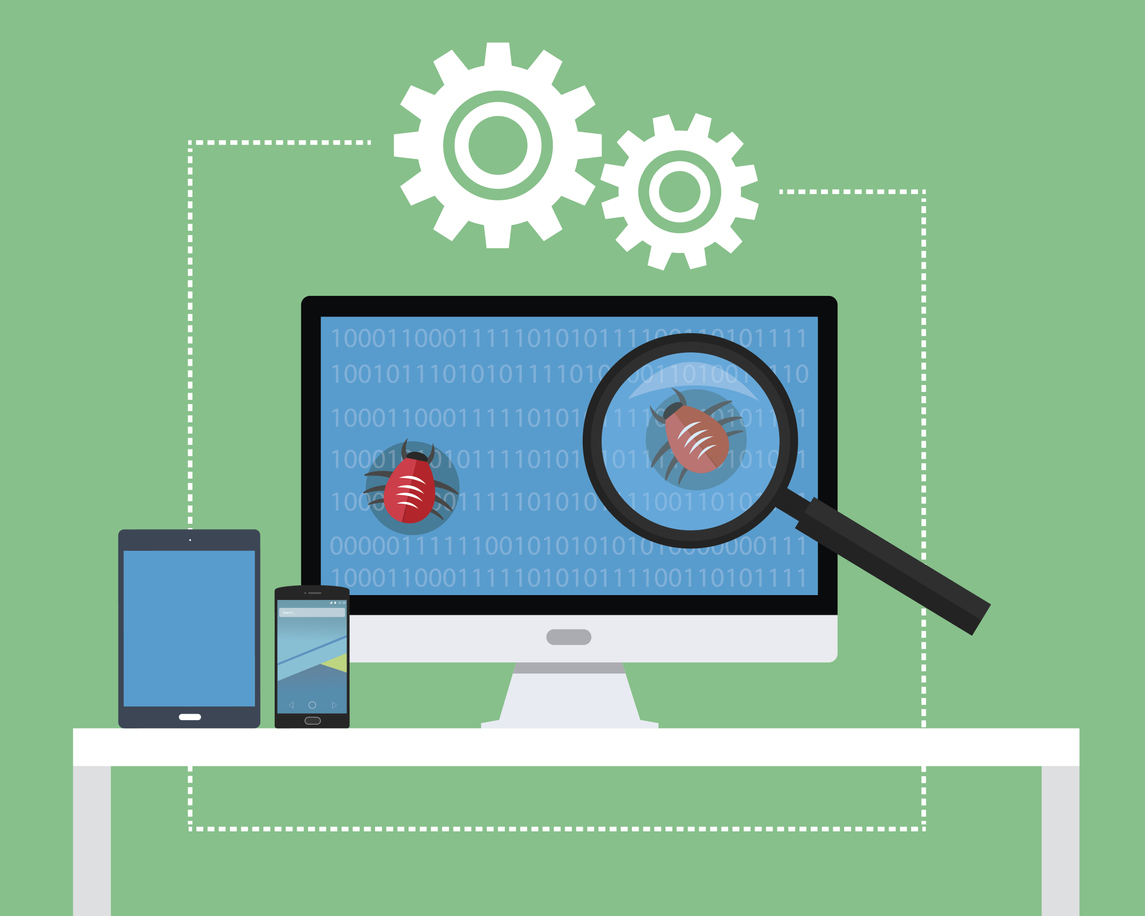User Acceptance Testing (UAT), a critical stage in the development of software, verifies that the system complies with end-user requirements and guarantees that it is prepared for deployment.
It acts as the last checkpoint before the program is made available to the target consumers. The importance of user acceptance testing and how it contributes to the overall success of a software project will be discussed in this blog.
Ensures User Expectations are Aligned

Organizations may confirm that the software satisfies end-user expectations by conducting UAT. By involving real users in the testing process, organizations can gather valuable feedback and insights regarding the system’s usability, functionality, and overall user experience.
This feedback is instrumental in identifying any gaps between the software and the user requirements, ensuring alignment, and improving user satisfaction.
Identifies Defects and Bugs
During the User Acceptance Testing phase, testers simulate real-world scenarios and perform end-to-end testing. This helps uncover any defects, bugs, or inconsistencies that might have been missed during previous testing stages.
By detecting and resolving these issues before the software is deployed, UAT significantly reduces the chances of encountering critical issues in production, enhancing the software’s overall quality and reliability.
Enhances User-Centric Focus

The software development process focuses on the end users thanks to user acceptance testing. Users are given the freedom to express their opinions openly and to share their experiences, which enables businesses to learn a great deal about the preferences, problems, and expectations of their customers.
By prioritizing users’ requirements above features, developers are better able to make judgments, prioritize features, and improve software, eventually resulting in higher customer happiness and adoption.
Reducing business risks
User Acceptance Testing assists in identifying and reducing possible business risks by extensively evaluating the software from the end-user viewpoint. UAT allows organizations to validate the system’s functionality, security, and compliance with regulatory requirements, reducing the likelihood of costly errors, data breaches, or legal complications. By addressing these risks early on, organizations can safeguard their reputation, protect user data, and avoid financial losses.
Streamlines User Training and Documentation
User Acceptance Testing provides an opportunity to assess the clarity and effectiveness of user training materials and documentation. Testers can identify any ambiguities, gaps, or inaccuracies in user manuals, tutorials, and other support materials.
By refining these resources based on user feedback, organizations can improve user onboarding experiences, reduce support requests, and enhance user self-sufficiency, ultimately saving time and resources.
Validates Business Processes

UAT goes beyond verifying software functionality and also validates the alignment of the system with the organization’s business processes. By involving end users in the testing phase, UAT ensures that the software effectively supports and enhances the desired workflows. This validation helps organizations optimize their processes, streamline operations, and achieve greater efficiency and productivity.
Improves User Adoption Rates
UAT plays a crucial role in determining the user adoption rates of the software. By involving real users in the testing process, organizations can identify any barriers or challenges that may hinder user acceptance and adoption.
Addressing these issues during UAT ensures a smoother transition for end users, boosts their confidence in the system, and increases the likelihood of successful adoption and utilization.
Validates Integration and Interoperability
In today’s interconnected world, software often needs to integrate with other systems or platforms. UAT provides an opportunity to validate the integration and interoperability of the software with external systems.
By conducting realistic test scenarios and evaluating data exchange, compatibility, and performance, UAT ensures seamless integration and smooth interactions with other components of the technology ecosystem.
Enhances Customer Satisfaction

UAT serves as a crucial feedback mechanism from the end users, allowing organizations to address any usability issues, performance bottlenecks, or functional gaps. By incorporating user feedback and making necessary improvements, organizations can enhance customer satisfaction levels. A satisfied user base leads to positive word-of-mouth, increased customer loyalty, and improved brand reputation in the market.
Validates Regulatory Compliance
For software that operates in regulated industries, such as healthcare or finance, UAT plays a vital role in ensuring regulatory compliance. By thoroughly testing the software against industry-specific regulations and requirements, organizations can identify any non-compliance issues and address them before deployment. This validation helps avoid legal and regulatory penalties, protecting both the organization and the end users.
Early Detection of Usability Issues
UAT involves real users who can provide valuable insights into the software’s usability. By testing the system with end users, organizations can identify any usability issues, confusing user interfaces, or cumbersome processes. Early detection of these issues allows for timely improvements, resulting in user-friendly software that is intuitive and easy to navigate.
Validates Localization and Internationalization
If the software is intended for a global audience, UAT becomes crucial in validating its localization and internationalization aspects. Through UAT, organizations can ensure that the software is properly translated, culturally adapted, and compliant with local regulations. This validation helps deliver a seamless user experience across different regions and contributes to the software’s global success.
Enhances Performance and Scalability

UAT helps assess the software’s performance under real-world usage conditions. By subjecting the system to various load scenarios and stress testing, organizations can identify performance bottlenecks, scalability issues, or resource limitations. Addressing these concerns during UAT ensures that the software can handle anticipated user loads and delivers optimal performance, even during peak usage periods.
Validates Security Measures
Security is a critical aspect of software development. UAT allows organizations to validate the effectiveness of security measures implemented within the system. By conducting security-focused test scenarios, organizations can identify vulnerabilities, potential breaches, or data leakage risks. This validation helps ensure that the software is secure and resistant to common security threats, protecting sensitive user data and maintaining user trust.
Conclusion
User Acceptance Testing plays a vital role in ensuring the success of software projects by aligning them with user expectations, identifying defects, enhancing user-centric focus, mitigating business risks, and streamlining user training and documentation. By investing in a comprehensive UAT process, organizations can enhance software quality, user satisfaction, and overall project success. The organizations can streamline and simplify user acceptance testing efforts, by using Opkey.
Opkey provides a robust platform for test automation, test case management, and seamless collaboration, empowering organizations to execute UAT efficiently and effectively. Any employee, regardless of technical proficiency, may build automated tests using Opkey’s no-code testing platform. This relieves the technical teams of their obligation to participate in each stage of the user acceptability testing cycle. With Opkey, you can ensure thorough testing, quicker feedback cycles, and improved software quality.







